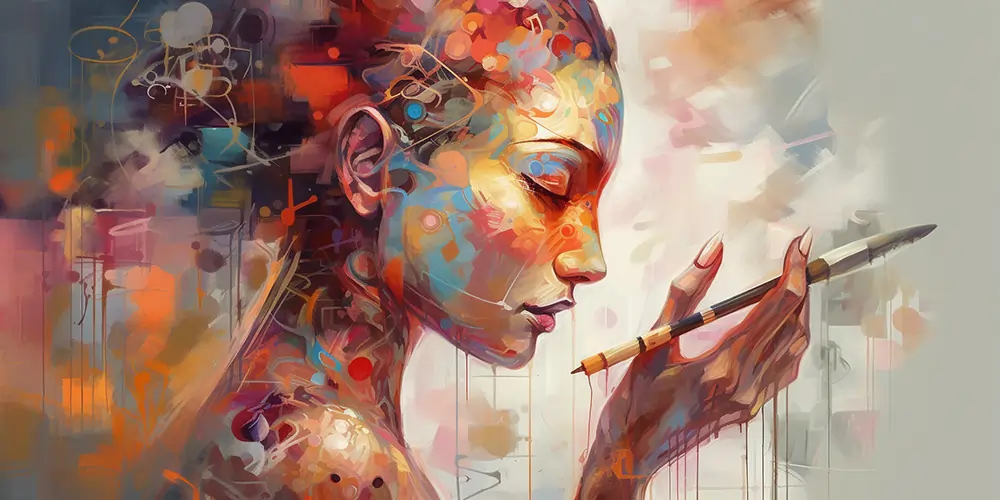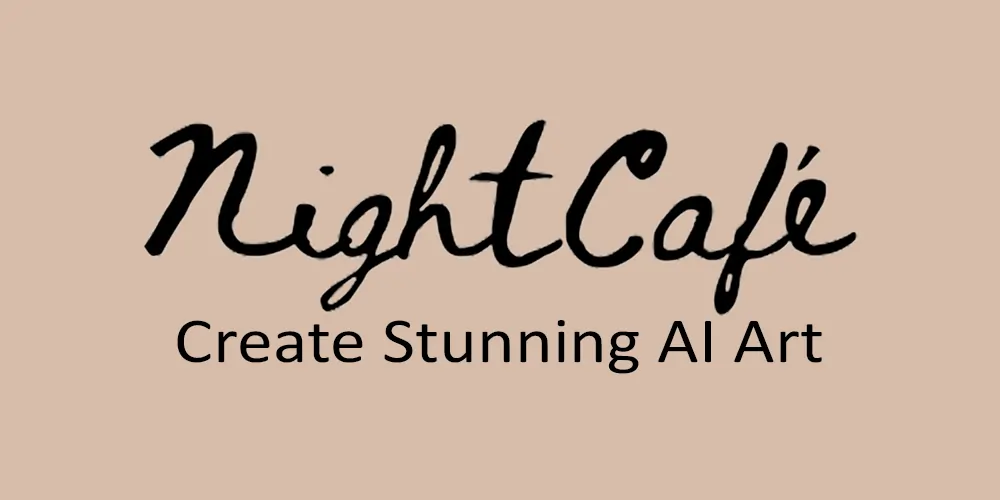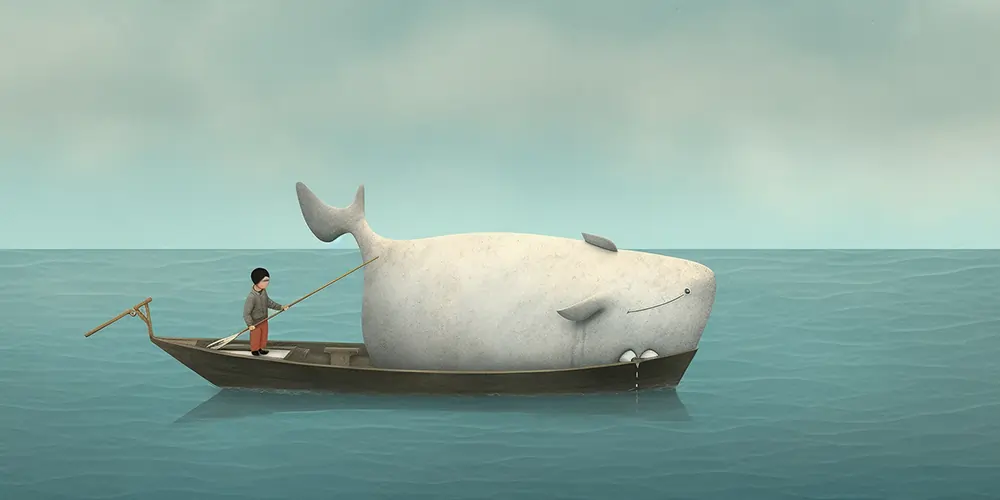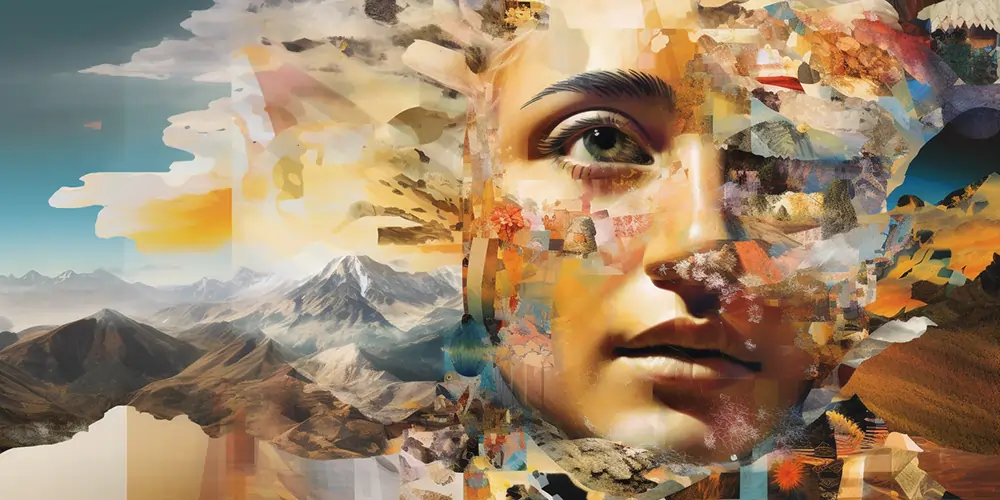Imagine an artist’s studio where AI tools for artists mingle with traditional paintbrushes and canvases, giving birth to a new creative expression.
Join us on this intriguing adventure as we explore the future of art through the lens of AI and see how these cutting-edge tools are rethinking the artistic experience for both creators and spectators.
AI Algorithms Unleashing New Possibilities
In this brave new era of artistic expression, AI tools are unlocking endless possibilities for artists and creators.
Generative Art
- Picture a canvas that never evolves as AI algorithms breathe life into mesmerising visuals.
- Generative art harnesses the power of AI to create ever-changing, dynamic, and visually captivating pieces.
- AI artists weave intricate patterns and designs, blurring the line between human and machine creativity.
The result? A stunning, immersive experience that challenges the limits of traditional art.
AI-Assisted Design
- Imagine having a creative sidekick that helps you brainstorm ideas, refine your concepts, and streamline your workflow.
- AI tools are stepping in as indispensable assistants for artists and designers, enhancing their capabilities and making the creative process more efficient.
- From generating colour palettes to suggesting composition ideas, AI is revolutionising how creators bring their visions to life.
Collaborative Art
What if artists could collaborate with each other and machines to create groundbreaking art pieces and experiences?
- AI fosters collaboration between artists across disciplines and even bridges the gap between humans and machines.
- This synergy leads to innovative and unexpected outcomes as artists pool their skills.
- AI offers fresh perspectives, pushing the boundaries of what’s possible in art.
These AI-powered works redefined the artistic landscape, igniting crucial discussions about the nature of art, the use of technology, and the interaction.
The future is an exciting, dynamic tapestry of innovation as the art industry changes.
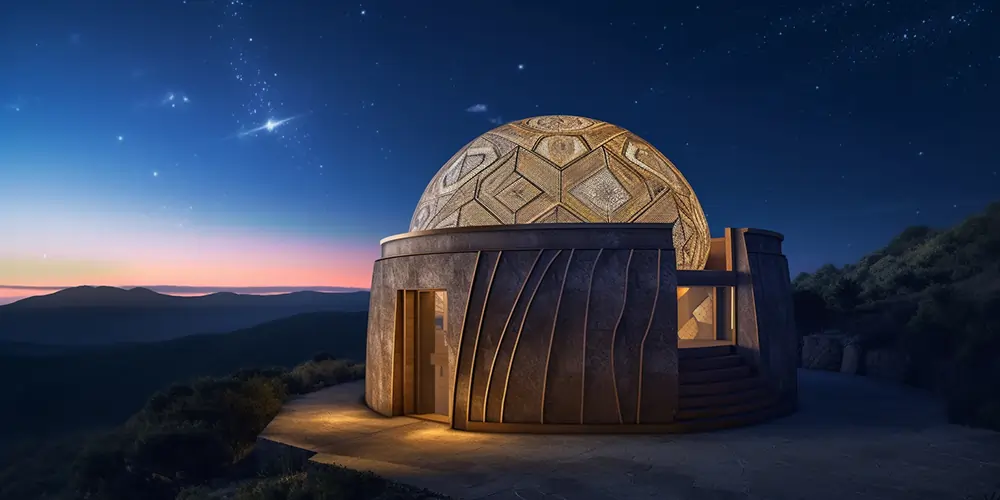
AI’s Role in Digitising and Archiving Art
Beyond the canvas, AI also waves how we curate, organise, and appreciate art.
AI Curators
Step into a gallery where an AI curator has handpicked the perfect artwork to tell a unique story. AI is utilised to curate art exhibitions and collections, offering fresh perspectives and enhancing visitor experiences.
By analysing patterns, themes, and styles, AI curators can create tailored experiences, revealing new connections between artists, periods, and movements and opening up a world of undiscovered gems.
Art Market Analysis
Navigating the art market can be a rollercoaster ride, but AI is here to make the journey smoother.
AI transforms the art market through data-driven analysis and predictions, influencing investment decisions and pricing strategies. By examining historical data, market trends, and social media buzz, AI can help collectors and investors make informed choices and uncover hidden opportunities.
Digital Archives
Imagine a vast digital library that houses the world’s artistic masterpieces, preserving them for generations.
AI is crucial in digitising and archiving art, making it more accessible and discoverable for future generations.
By leveraging state-of-the-art tools like high-resolution imaging and 3D scanning, AI ensures that our artistic legacy is maintained and made available to art lovers everywhere.
AI’s influence extends beyond the creative process, affecting the art industry. From curating exhibitions to guiding market decisions and preserving our cultural heritage, AI is revolutionising how we engage with, appreciate, and preserve art.
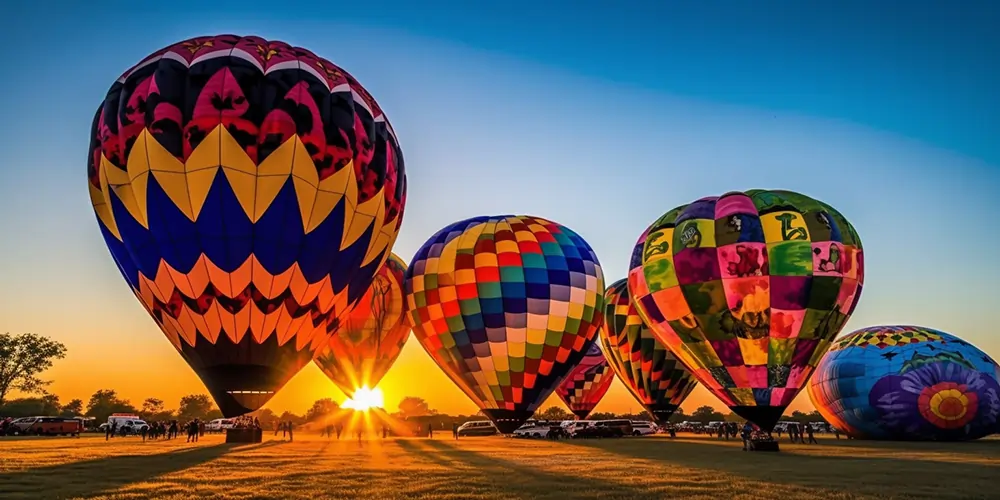
Art Criticism in the Age of AI-Generated Art
As AI-generated art becomes more prevalent, how we consume, appreciate, and critique art is also evolving.
Virtual Galleries
Picture yourself strolling through a virtual gallery, admiring AI-generated masterpieces from the comfort of your own home.
A new method to experience art has emerged with the rise of virtual galleries and shows, made possible by AI and other digital technology.
These immersive online spaces offer unique opportunities for artists to showcase their work and for audiences to connect with art worldwide, breaking down geographical barriers and democratising access to artistic experiences.
Art Criticism
As AI-generated art challenges our understanding of what art can be, it’s also shaking up the world of art criticism.
With this new artistic expression, critics are adjusting and debating issues like authorship, originality, and the place of technology in the creative process.
This has sparked a spirited discussion on the virtues and constraints of AI-generated art and how to assess and appreciate it alongside more conventional kinds of art.
The Role of the Audience
AI-generated art transforms how we create and curate art and challenges traditional notions of artistic value and audience engagement.
AI raises concerns about what it means to be an artist and how audiences may interact with, perceive, and appreciate this new art form as it blurs the distinction between human and machine innovation.
The audience’s role is more important than ever as we rethink what it means to be an art enthusiast and shape the future of art in this continuously shifting climate.
As AI-generated art continues to make its mark, it’s clearly reshaping how we experience and engage with art profoundly.
From virtual galleries to the evolving role of critics and audiences, the future of art consumption promises to be a fascinating journey into uncharted territory.
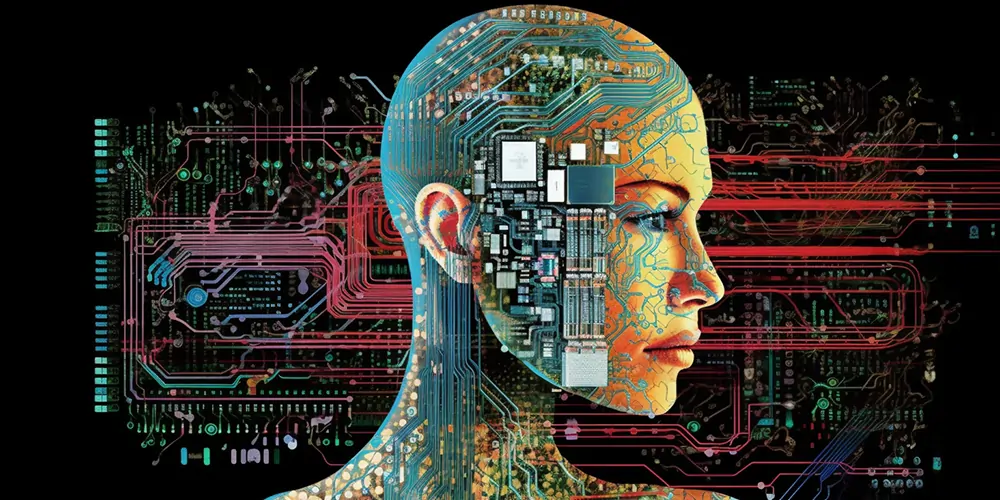
The Opportunities and Challenges Presented by AI Tools in Art
The creative sector is still being revolutionised by AI. The ethical and societal questions it poses complicate our understanding of art and its place in society.
Authorship and Intellectual Property
Now that machines can create art, who owns the rights to these creations?
The question of authorship and intellectual property rights in the context of AI-generated art is a complex and evolving issue.
As we grapple with determining the rightful “creator” of AI-generated art – the artist, the AI, or both – we must also consider the implications for copyright law, artistic recognition, and the economic value of art.
Authenticity and Originality
As AI-generated art gains prominence, concerns about authenticity and originality emerge. How do we define and evaluate these concepts in an era where algorithms can create art that rivals human creativity?
Our understanding of authenticity and originality may evolve, leading to new ways of appreciating and valuing art that embraces human and machine-made creations.
Access and Inclusivity
On the one hand, by democratising the creative process and removing obstacles to artistic expression, AI tools can potentially promote more access and diversity within the art scene.
AI tools and resources are only available to those who can buy them. This runs the danger of exacerbating already-existing inequities. Maintaining this precarious balance will guarantee that the art world continues to be a welcoming and diverse place for artists and audiences.
We must consider both the difficulties and the opportunities presented by this technical revolution as we navigate the ethical and societal ramifications of AI’s impact on the creative world.
Engaging in thoughtful dialogue and exploring the possibilities can help shape a future where AI and human creativity coexist harmoniously, enriching the artistic landscape for future generations.
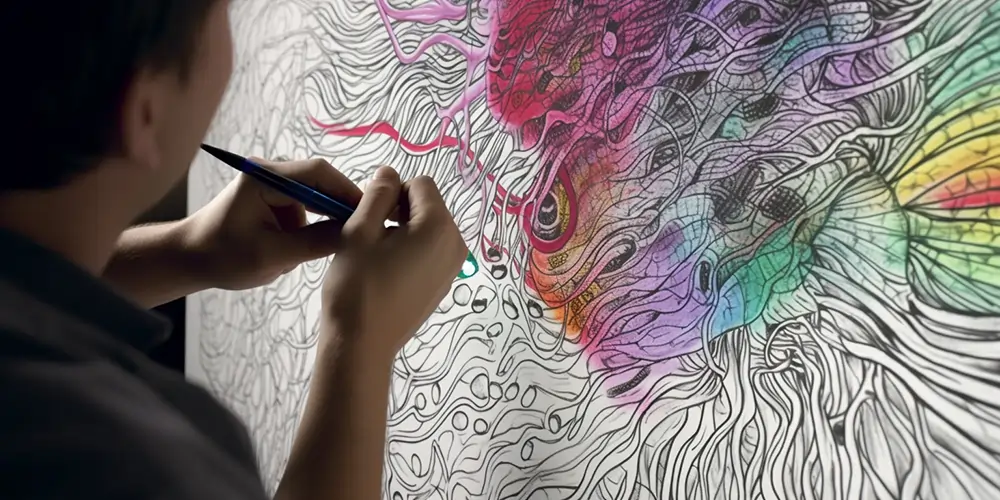
Envisioning the Future of Art
As explored throughout this article, AI tools leave an indelible mark on art, transforming everything from artistic creation and collaboration to curation, consumption, and even the way we think about authorship and authenticity.
The emergence of generative art, AI-assisted design, and collaborative art experiences demonstrates how AI may open up fresh avenues for expression and push the limits of conventional art.
Virtual galleries and the evolution of art criticism reflect the changing landscape of art consumption.
AI-generated art’s ethical and social implications spark important conversations about authorship, originality, and access. To ensure that the art industry has a peaceful and inclusive future, we must traverse these tricky topics as we move forward.
Ultimately, the future of art will be shaped by the continued evolution of AI tools and the creative possibilities they offer to embrace the potential of AI to enrich our artistic experiences and engage with the challenges it presents.
This dynamic, varied, and constantly changing creative landscape challenges both human and technological innovation.

